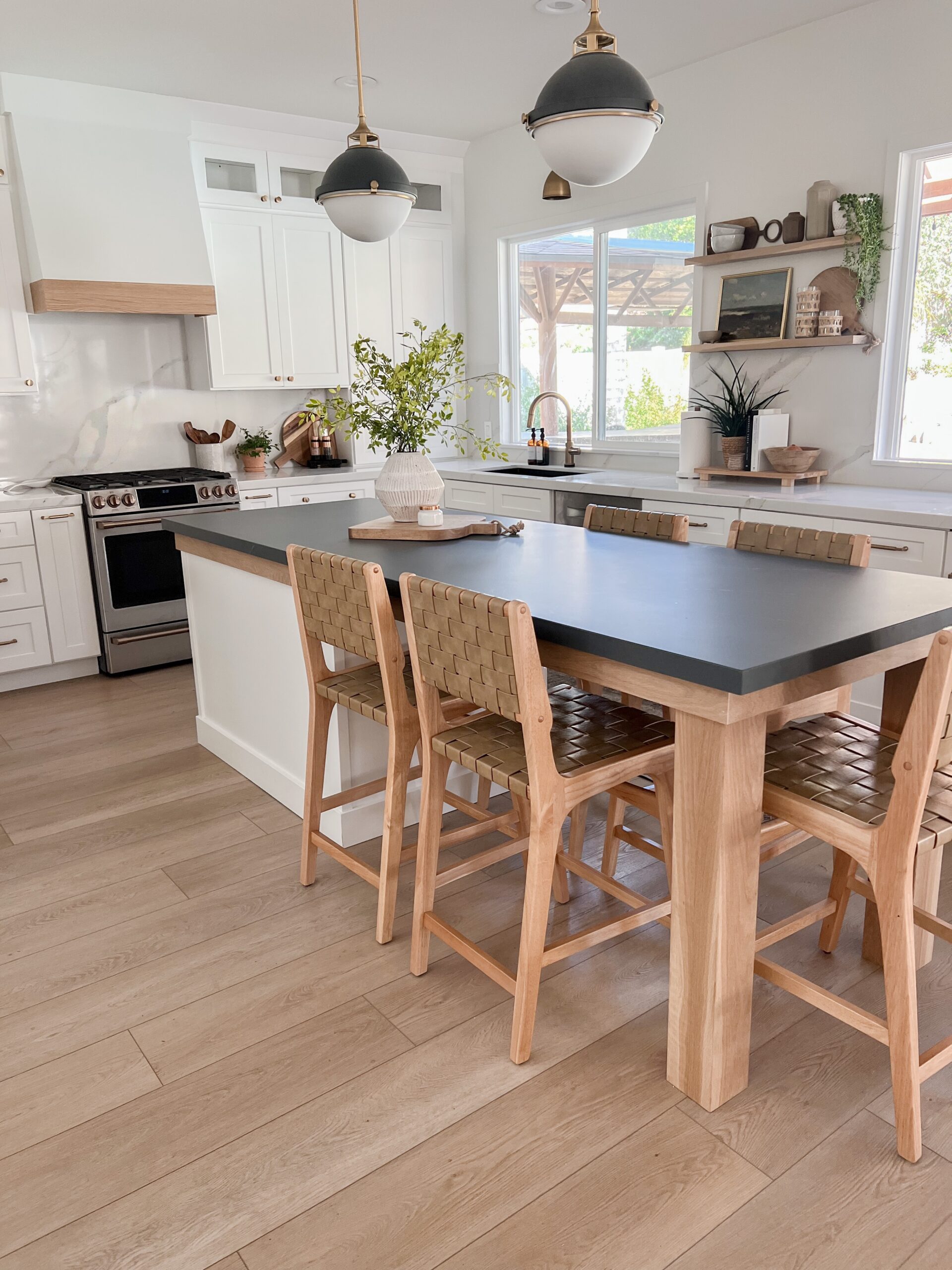Locate Resilient and Attractive Legs For Kitchen Island Improvements
Locate Resilient and Attractive Legs For Kitchen Island Improvements
Blog Article
A Guide to Selecting the Perfect Legs For Kitchen Area Island for Your Home
Selecting the excellent legs for your cooking area island is a nuanced choice that impacts both the capability and aesthetic allure of this main room. Variables such as elevation, products, and style play a critical role in harmonizing your island with the general kitchen area style. In addition, comprehending the value of stability and upkeep can dramatically affect your choice. As you consider these aspects, it becomes noticeable that the ideal legs can transform not just the look of your cooking area however also its functionality for years ahead. What particular attributes should you prioritize in this option process?

Recognizing Kitchen Area Island Legs
When selecting legs for a kitchen area island, it's vital to understand their functional and visual functions in the overall layout. The legs function as a vital support group, ensuring security and longevity for the island, which commonly functions as an office, eating area, or collecting place. For that reason, the selection of material and building strategy should be durable enough to stand up to day-to-day use and prospective wear.
Along with their architectural duties, legs contribute dramatically to the island's aesthetic allure. They can enhance the cooking area's style, whether with traditional, contemporary, or eclectic designs. The elevation and percentage of the legs are additionally crucial factors to consider; they need to integrate with the island's kitchen counter elevation while guaranteeing comfortable seating for those utilizing the area.
Additionally, the leg layout can affect the total circulation of the cooking area. Open, ventilated leg designs can produce a sense of lightness, while solid, substantial legs may convey a more grounded and secure visual - Legs For Kitchen Island. Understanding these aesthetic and practical aspects will certainly guide home owners in making informed choices that enhance their kitchen's design and enhance its usability
Popular Styles and Materials
The choice of legs for a kitchen area island includes a variety of prominent styles and products, each offering unique features that can enhance both performance and visual appeals. Standard legs generally display luxuriant information and craftsmanship, improving classic cooking area designs.

Elevation and Security Factors To Consider

The legs of the cooking area island must provide adequate support, making certain that the framework can hold up against day-to-day usage without tottering or shifting. Material selection plays a considerable function in security; metal legs, for instance, tend to offer greater toughness compared to wood.
Matching Your Cooking Area Visual
Choosing the best legs for your kitchen island goes past functionality; it likewise plays a significant role in the general visual of the space (Legs For Kitchen Island). When selecting legs, consider the design style of your kitchen area.
Color is one more important variable. Legs that match or contrast with your island's surface and bordering cabinets can create visual harmony or striking centerpieces. For instance, pairing dark timber legs with a light marble countertop can add deepness and rate of interest. Additionally, consider the finish of the legs; matte, shiny, or textured surfaces can considerably impact the general feel of the kitchen area.
Installation and Maintenance Tips
Setting up kitchen area island legs needs careful focus to information to ensure both security and visual charm. Begin by selecting a suitable area for your island, guaranteeing it is level and has enough area for movement. Utilize a stud finder to situate wall surface studs if you are attaching the legs to a wall or using braces for included assistance. Mark the placement of the legs accurately before exploration.
When securing the legs, make use of top quality screws and, if necessary, timber glue for additional toughness. For steel legs, make certain that you are making use of suitable anchors and tools to stop damages to your floor covering. It is suggested to examine for levelness after installation, making adjustments as needed to avoid wobbling.
Maintenance is equally essential for longevity - Legs For Kitchen Island. On a regular basis check the legs for any type of indications of wear or helping news to loosen, especially in high-traffic areas. Clean the legs with a suitable cleaner, staying clear of look at this site rough products that may damage the surface. For wood legs, take into consideration using a timber conditioner periodically to keep their coating. By complying with these installation and maintenance pointers, you can make certain that your cooking area island legs continue to be both functional and visually enticing.
Verdict
In verdict, selecting the ideal legs for a cooking area island requires cautious consideration of elevation, stability, and aesthetic compatibility. Ultimately, thoughtful leg choice plays an important function in boosting both the functionality and style of the kitchen area space.
When selecting legs for a cooking area island, it's crucial to recognize their useful and visual functions in the overall design. Open, ventilated leg styles can develop a feeling of lightness, while solid, considerable legs may share a much more grounded and steady aesthetic. The legs of the kitchen area island ought to give adequate support, making sure that the framework can endure day-to-day use without shifting or tottering.Installing cooking area island legs needs cautious interest to detail to guarantee both security and visual appeal.In verdict, selecting the suitable legs for a kitchen area island requires Get the facts mindful consideration of elevation, stability, and visual compatibility.
Report this page